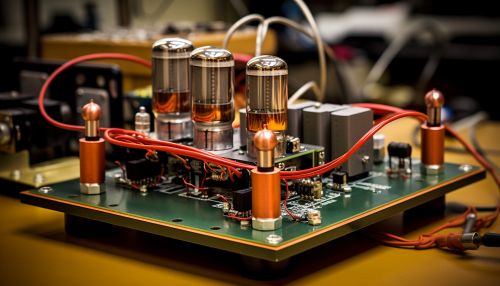Wheatstone Bridge
Introduction
The Wheatstone Bridge is an electrical circuit used to measure an unknown electrical resistance by balancing two legs of a bridge circuit, one leg of which includes the unknown component. Named after its inventor, Sir Charles Wheatstone, this bridge was originally developed in the 19th century and has since been used extensively in the field of electronics and physics.
History
The Wheatstone Bridge was first described by Samuel Hunter Christie in 1833. However, it was popularized and extensively used by Sir Charles Wheatstone, after whom the bridge was eventually named. Wheatstone's work in the mid-19th century helped to establish the bridge as a fundamental tool in the field of electrical measurements.
Principle of Operation
The Wheatstone Bridge operates on the principle of Ohm's Law and Kirchhoff's circuit laws. It consists of a simple circuit, the bridge, which is formed by four resistances that create a closed loop. The four resistances are arranged in such a way that they form a parallelogram. A source of electrical potential is connected across the diagonals of the parallelogram, and a galvanometer is connected across the other pair of opposite corners.


The bridge works by comparing the unknown resistance with known resistances. When the bridge is balanced, the ratio of the two known resistances equals the ratio of the two unknown resistances. This allows for the precise measurement of an unknown resistance.
Applications
The Wheatstone Bridge has a wide range of applications in the field of electronics and physics. It is commonly used in the measurement of resistance, inductance, and capacitance. It is also used in the calibration of measuring instruments, in the measurement of strain in strain gauges, and in the manufacture of electronic components.
